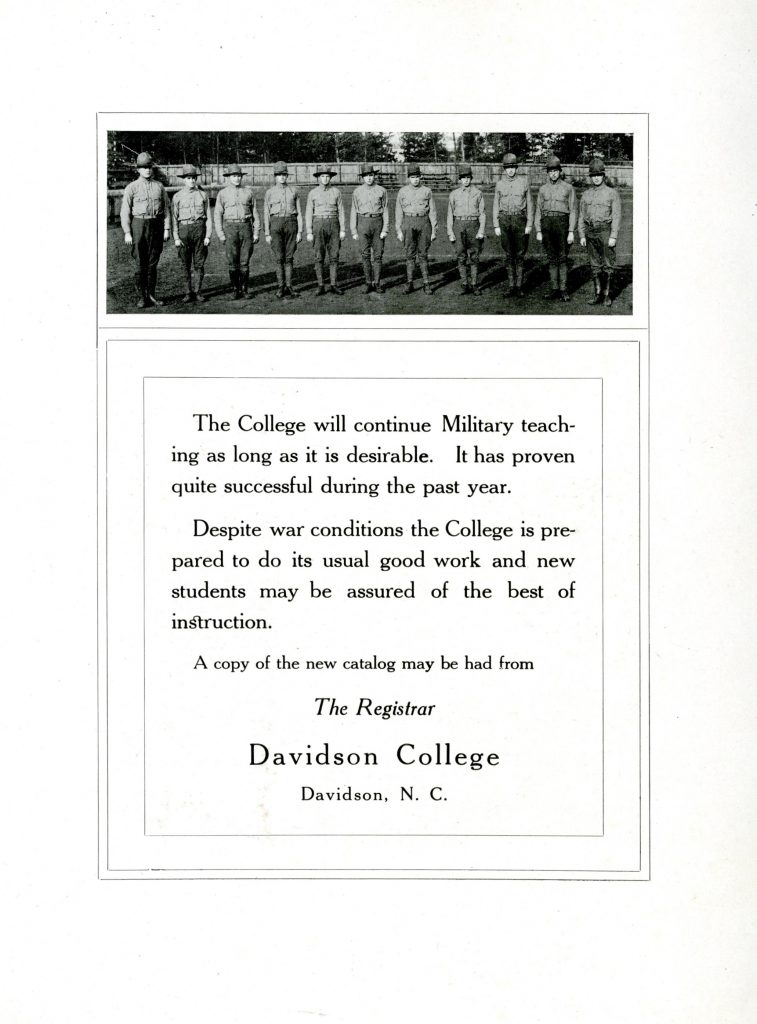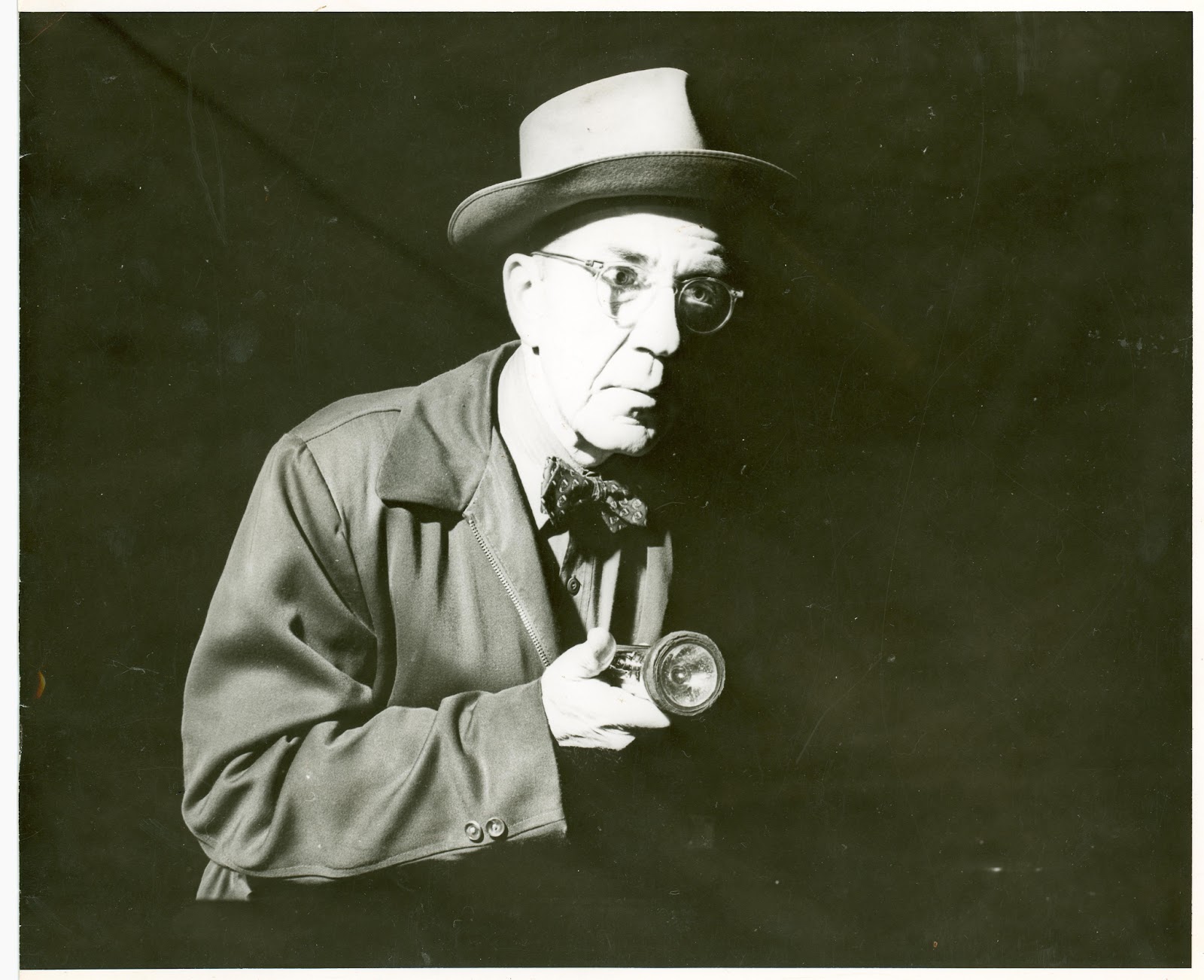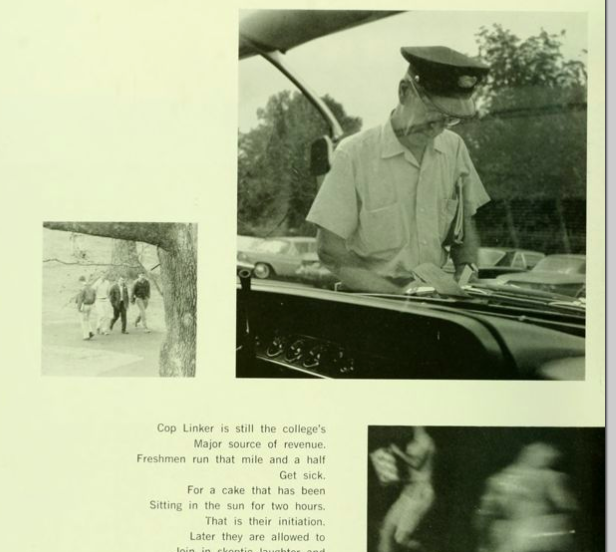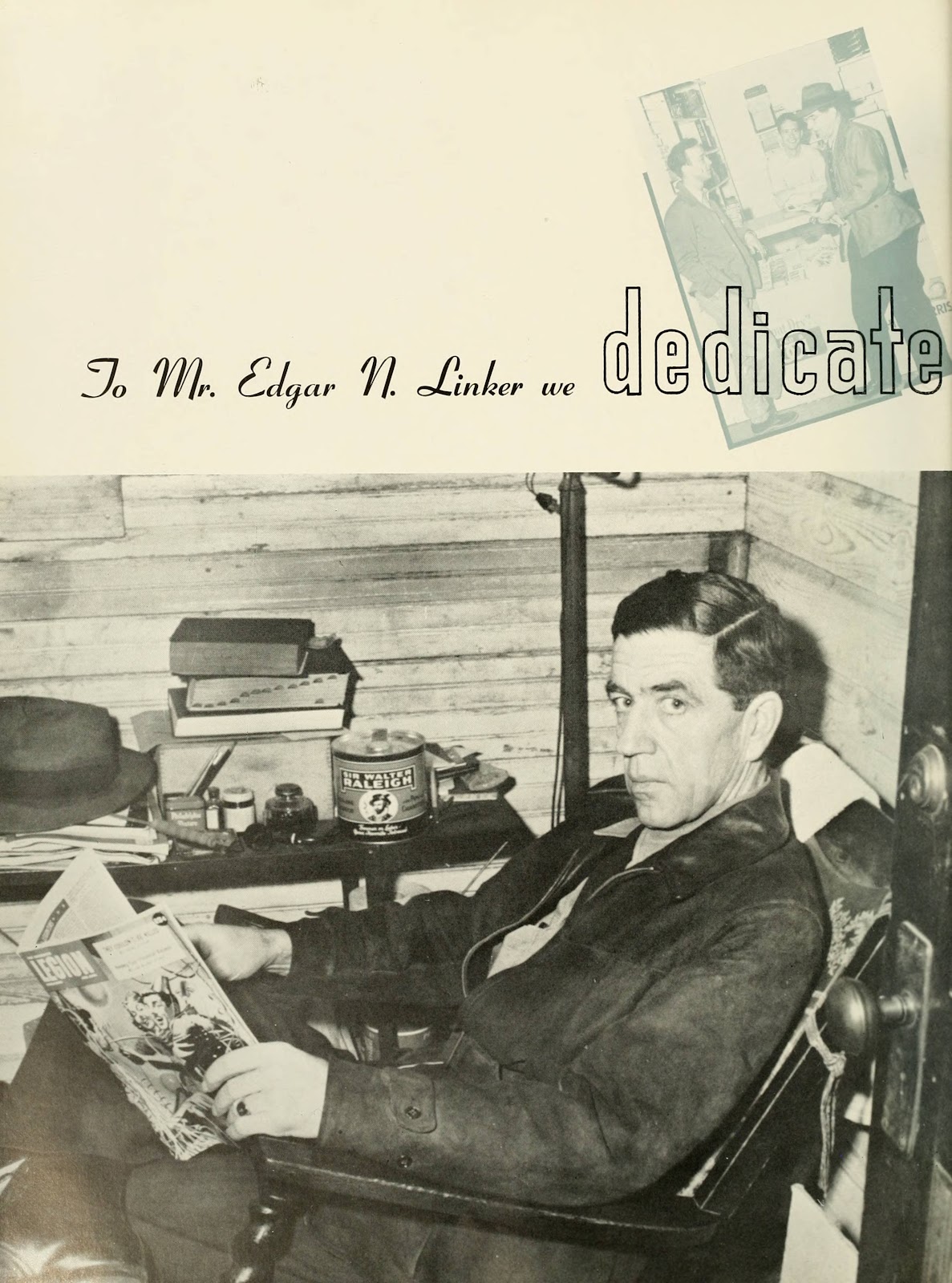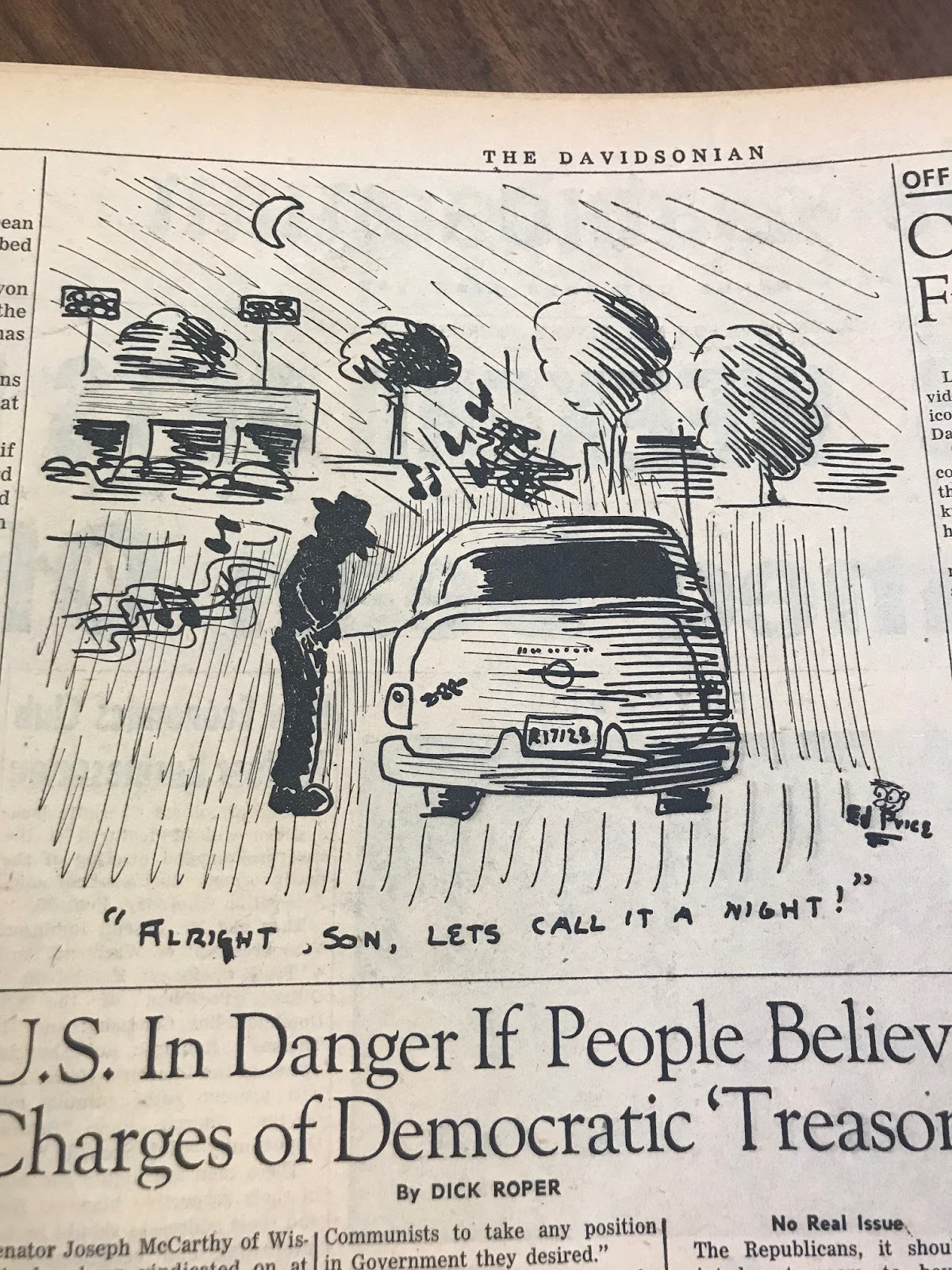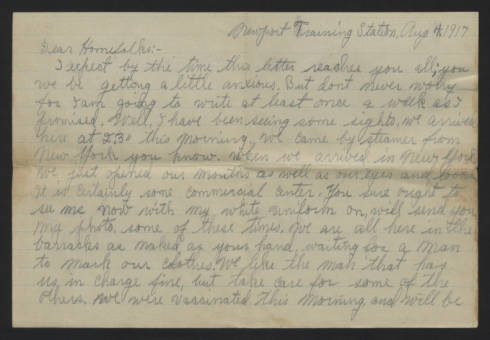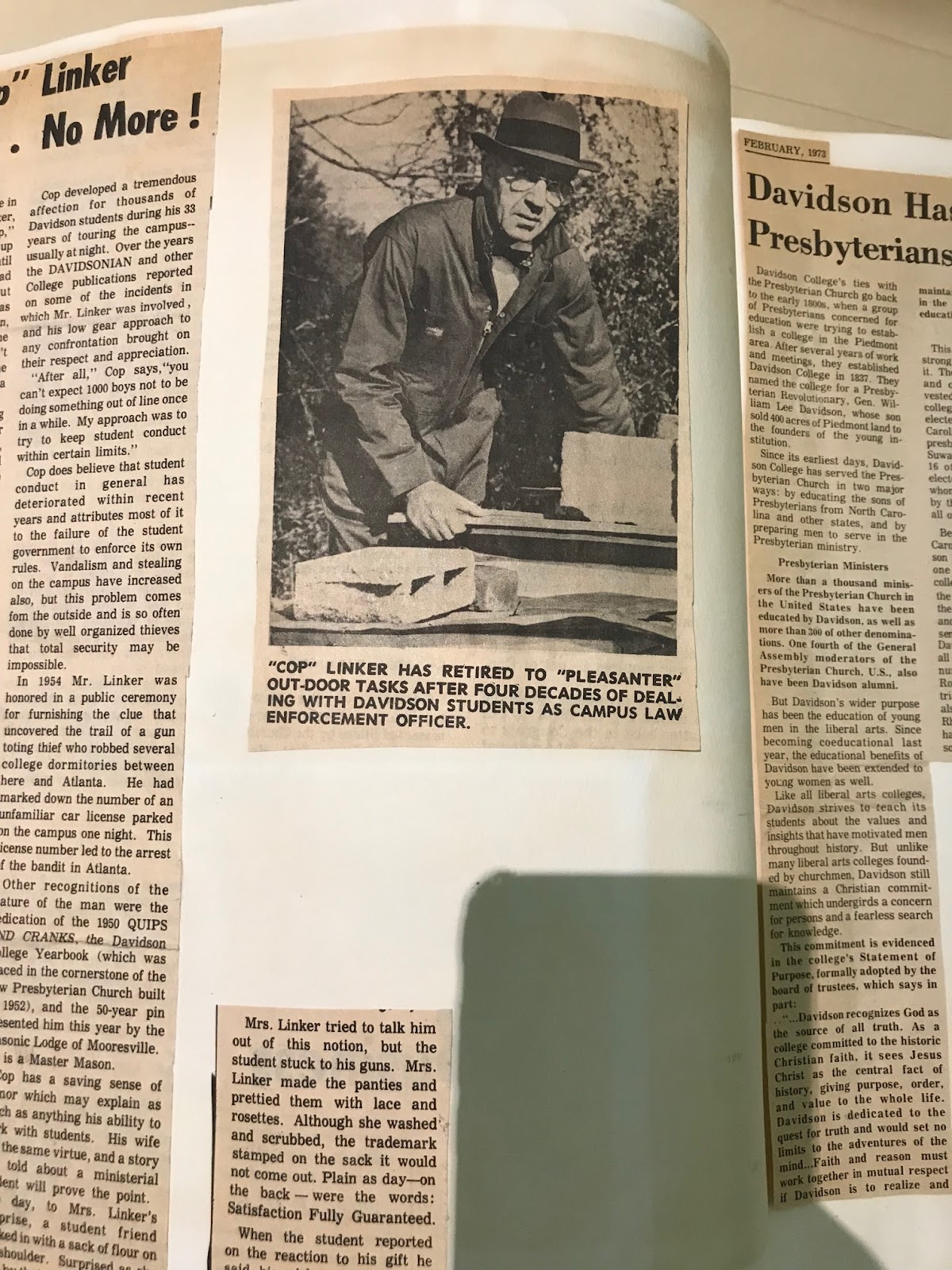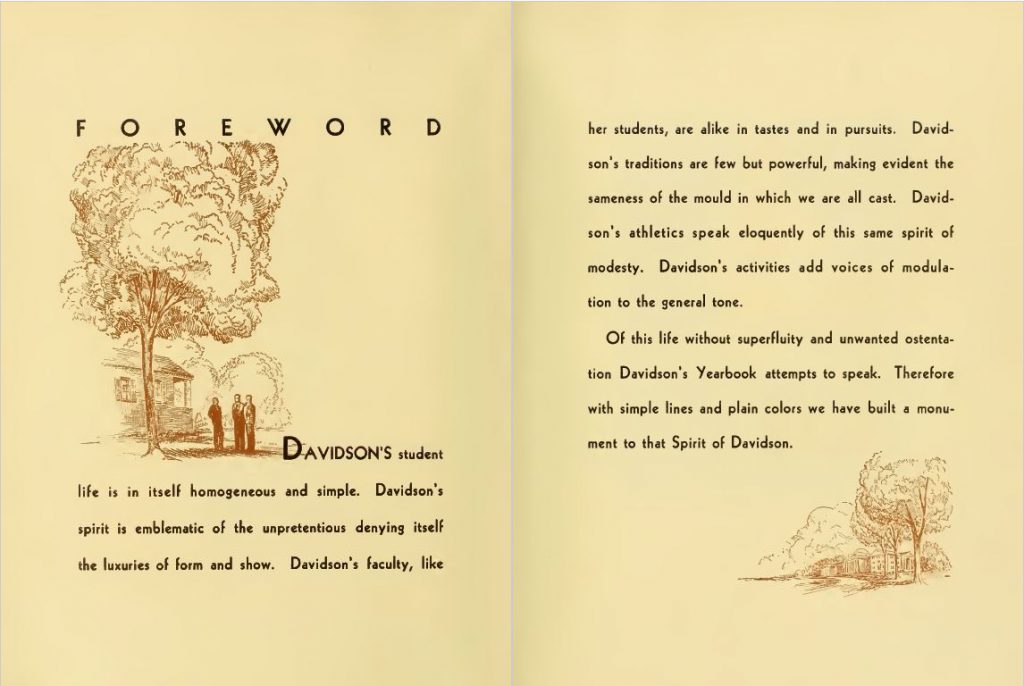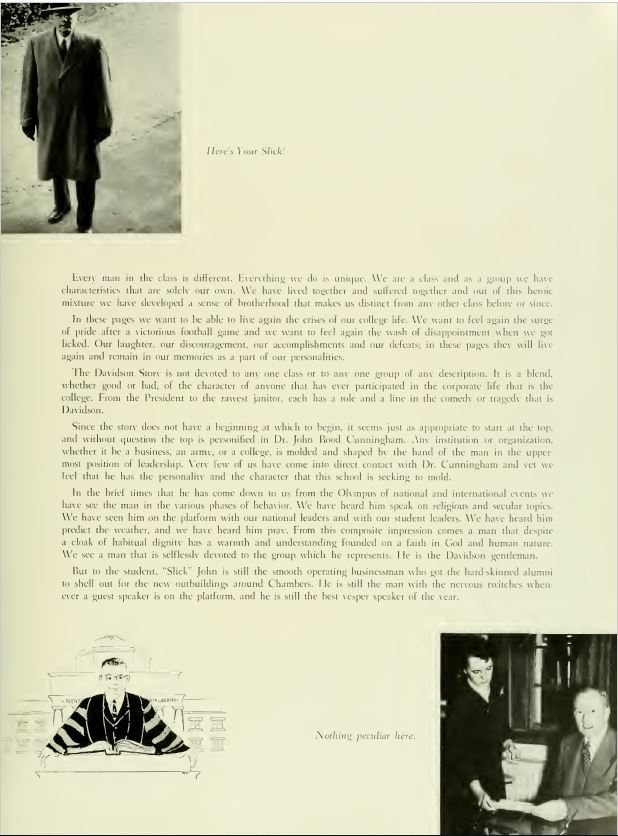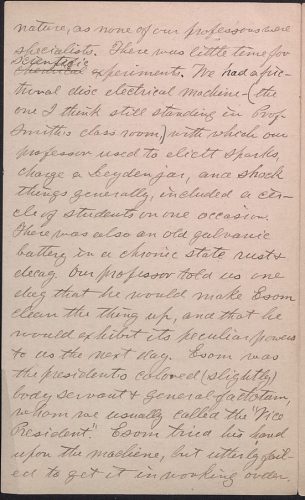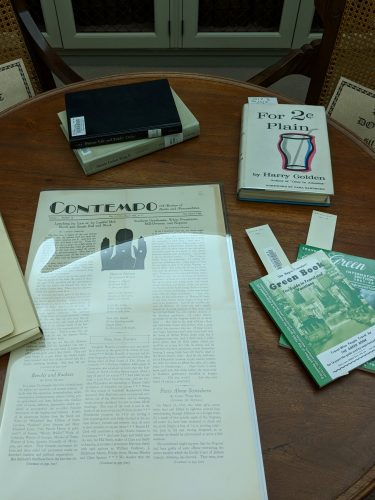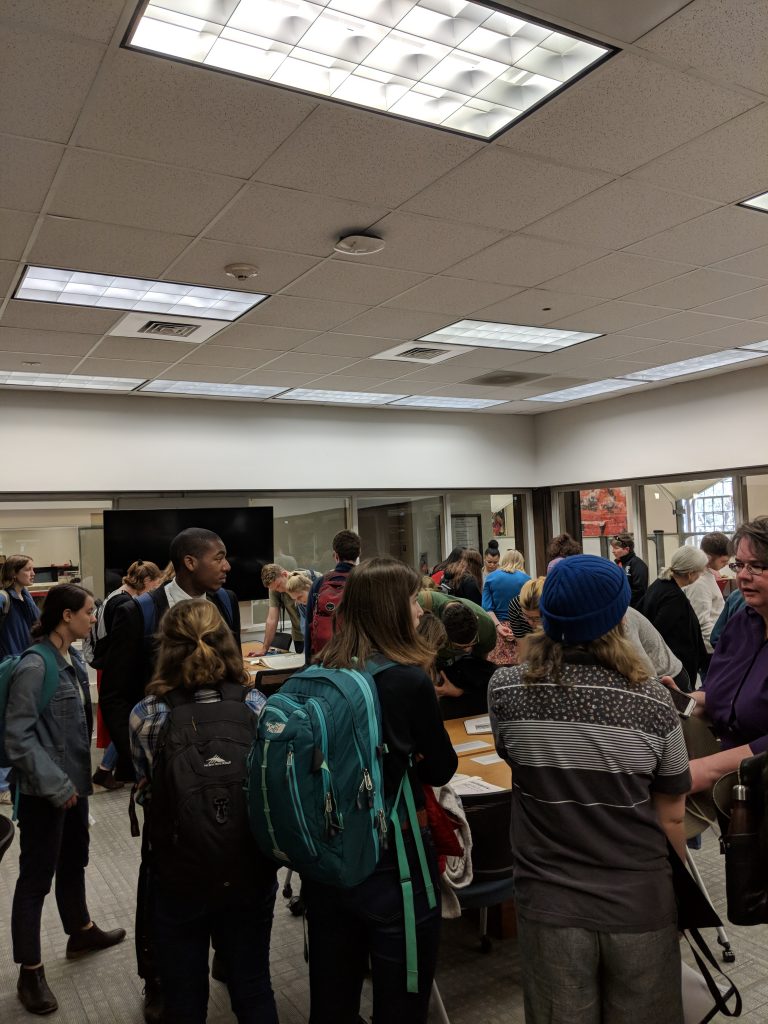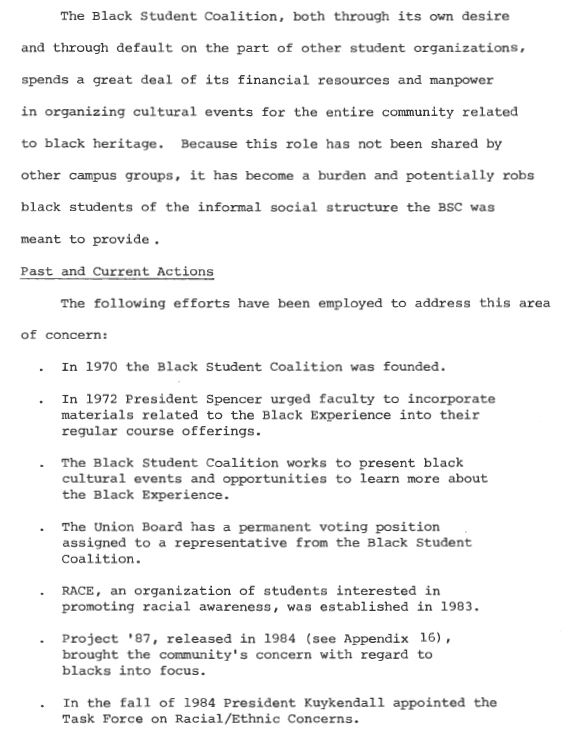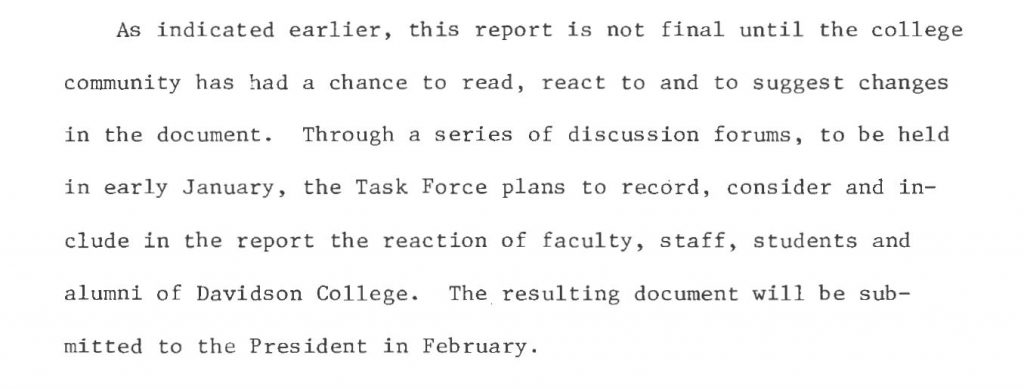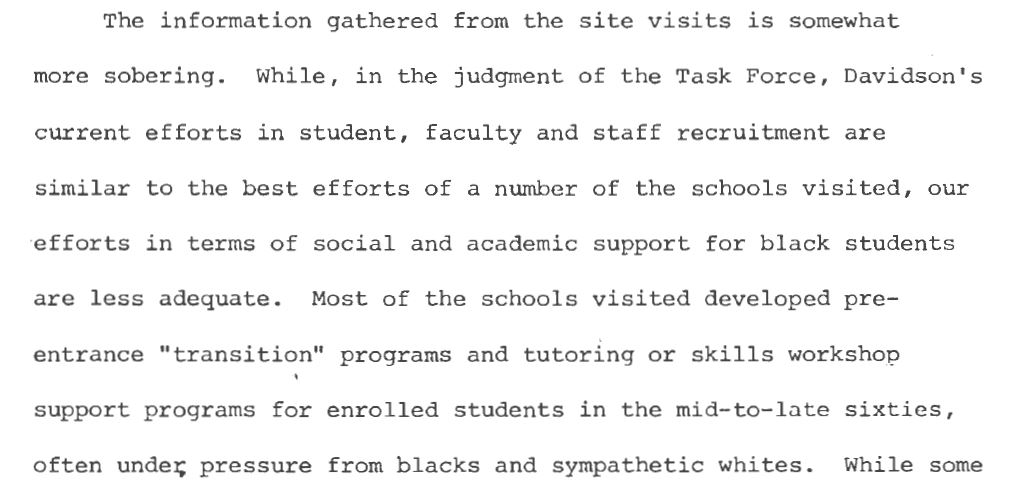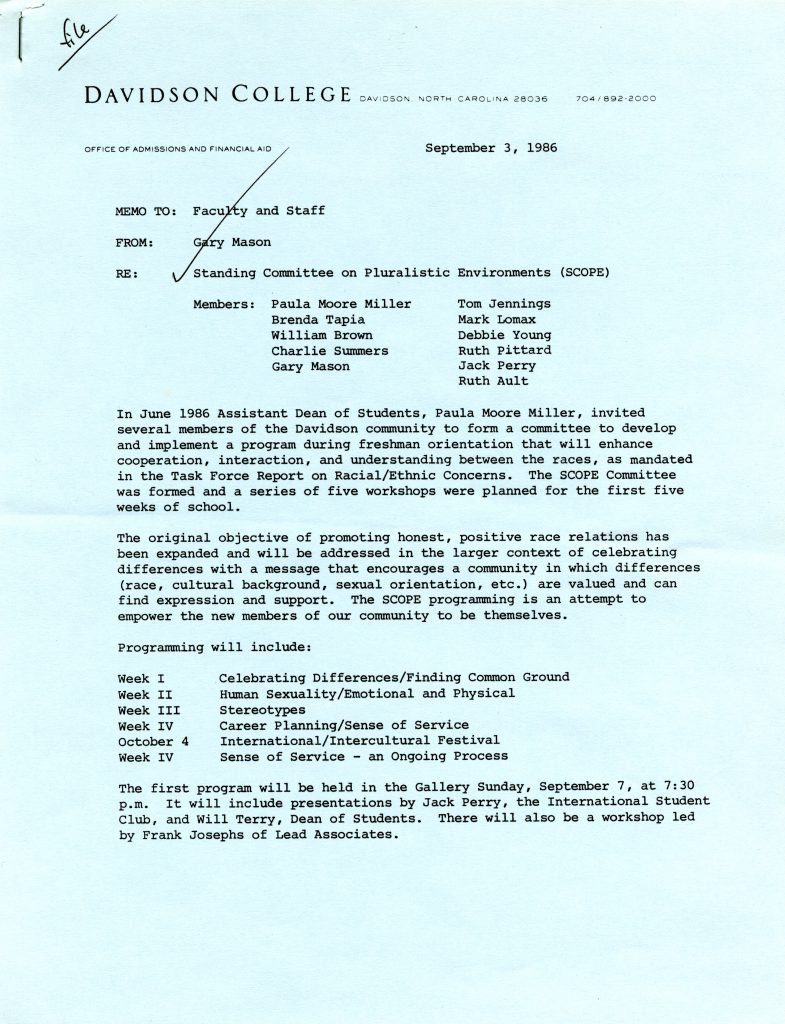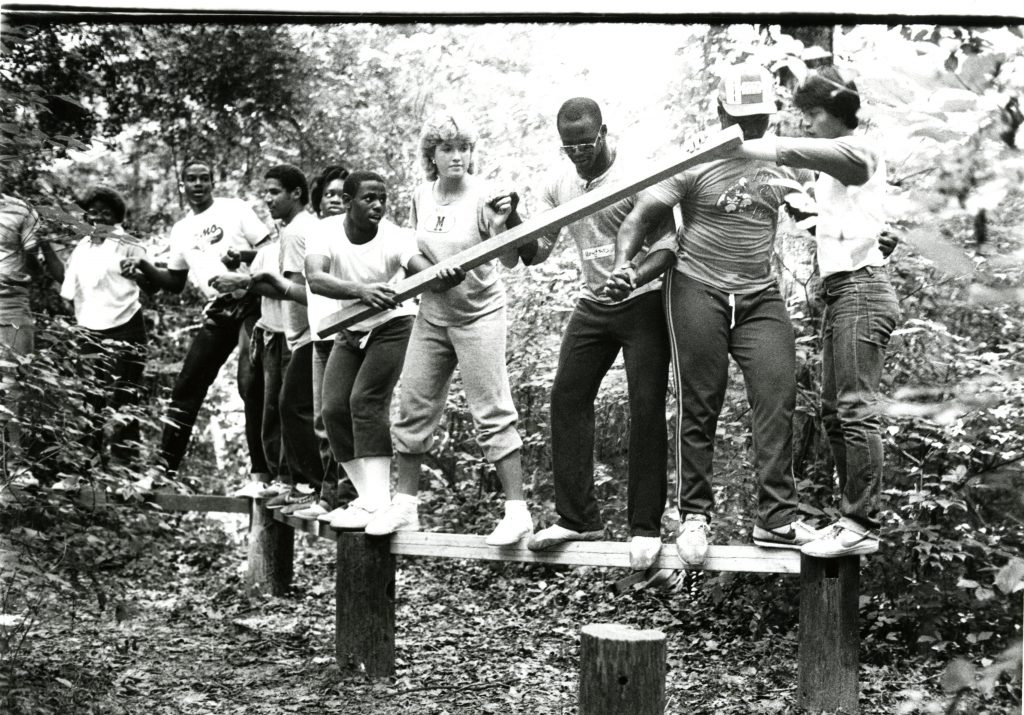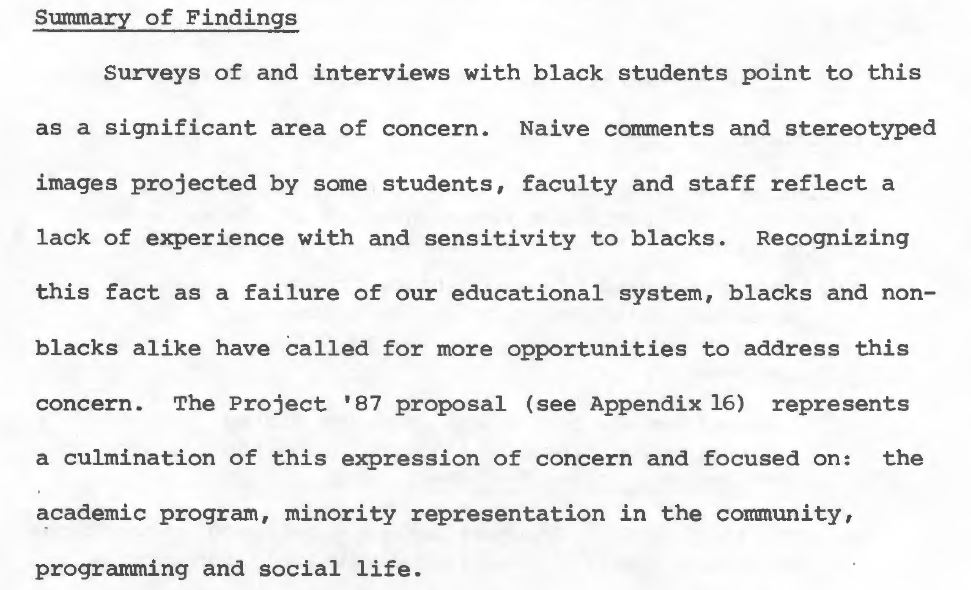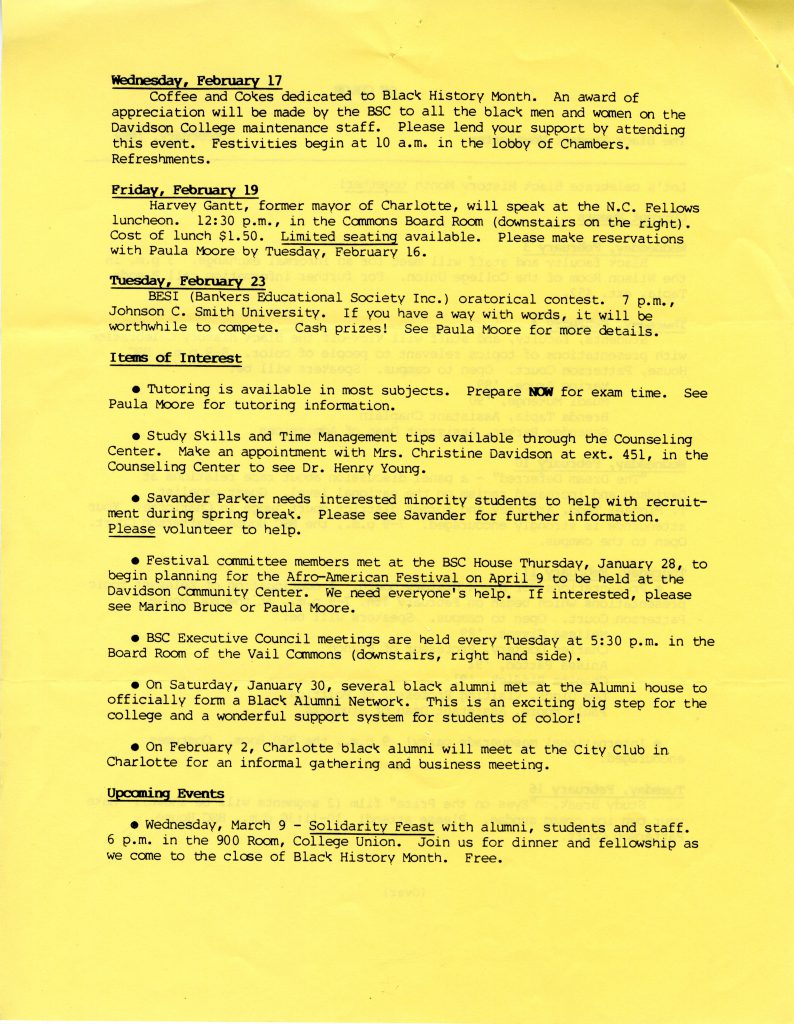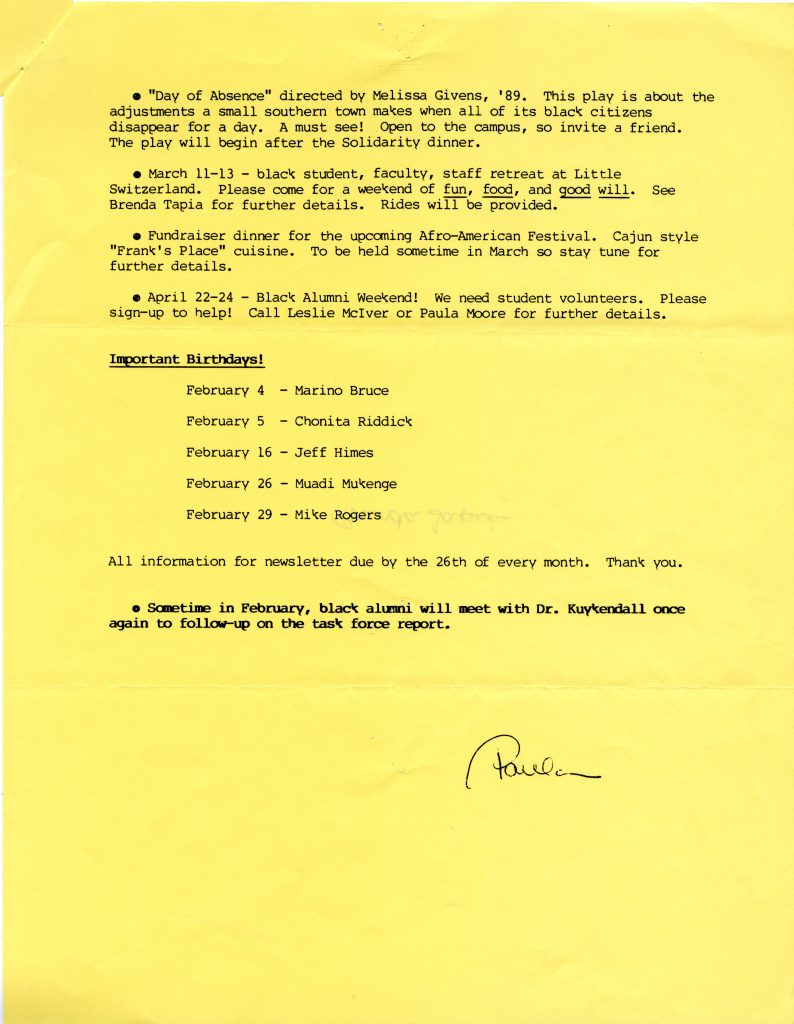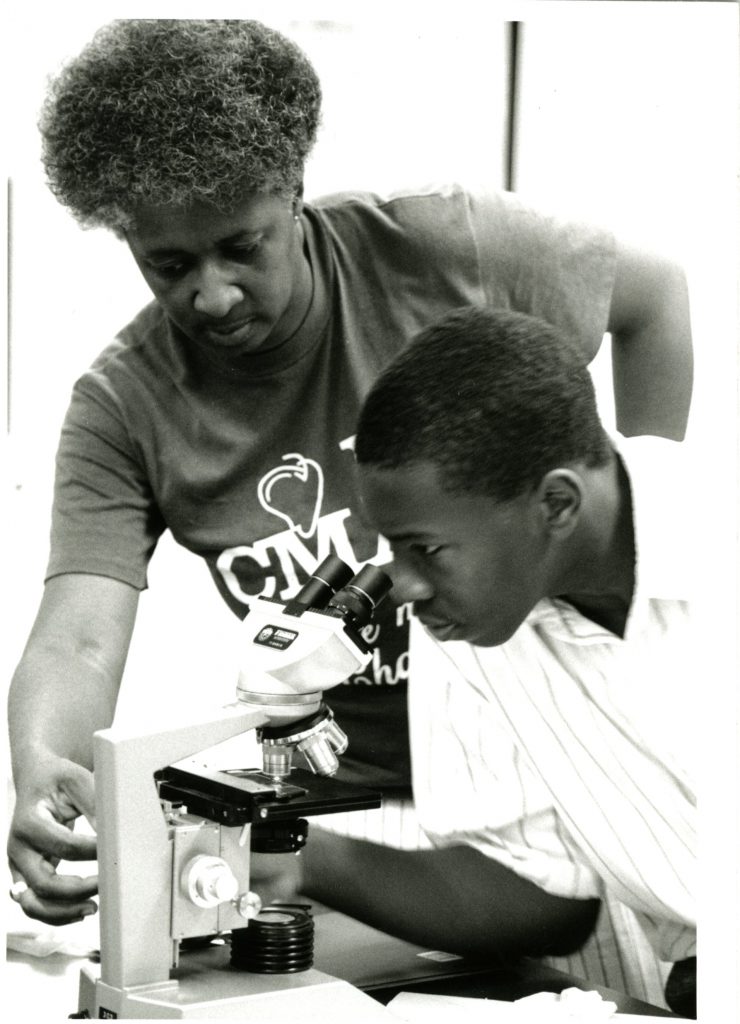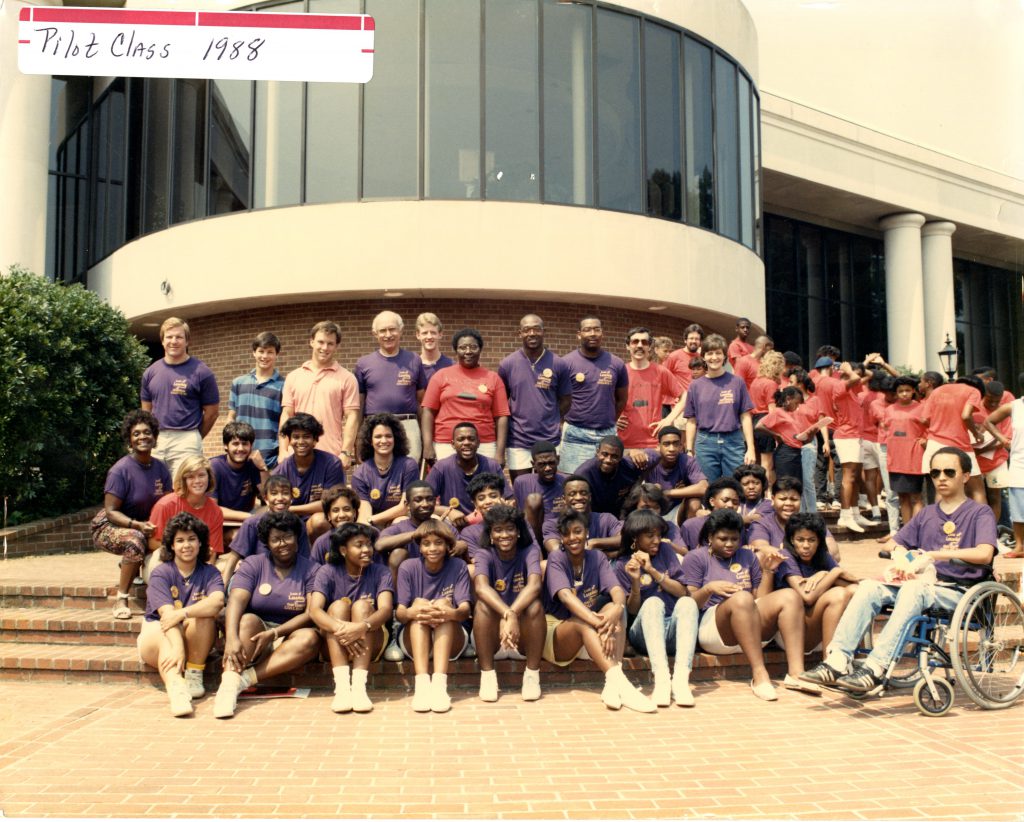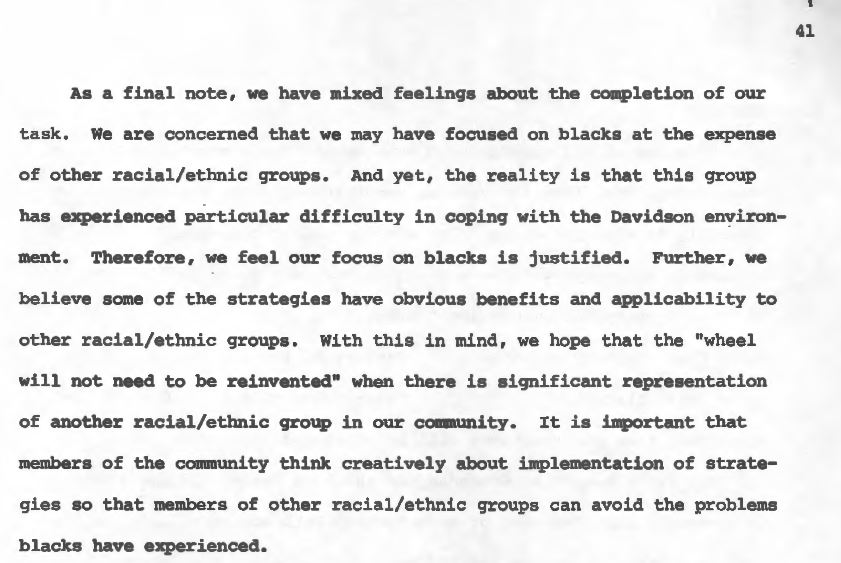We’re baaack! After a hiatus to change service providers, the Archives blog, Around the D, has returned!
Ever wonder what it was like to be a Davidson College student 100 years ago? Well, unless you have access to Mr. Peabody’s Wayback machine you’ll need to make a visit to the Davidson College Archives and Special Collections and view one of our newer additions, the Historic Textbook Collection.
Among the photographs, ephemera, and other materials from the college that are housed in the Archives and Special Collections, we now have several textbooks that were originally used in Davidson classrooms which make up the Historic Textbook Collection. The textbooks were donated by alumni families and cover topics such as English, geography, religion, and ‘modern’ bookkeeping.
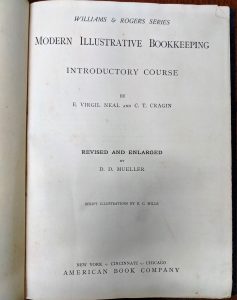
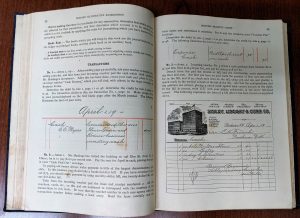
One of the items in the Historic Textbook Collection is a student’s notebook for English I, which belonged to Mitchell Corriher, class of 1920. The binder contains all of the assignments, notes, and even graded papers for the 1916-1917 school year English course. In some of the assignments, the student proudly writes about Davidson’s impressive football record for 1916. In others, he strikes a somber tone writing about the “greatest war known in history,” World War I.
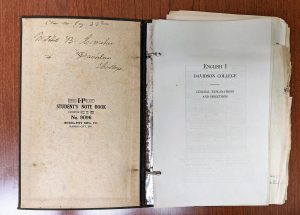
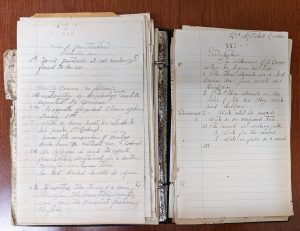
As a group, these textbooks and notebooks not only give a peek into Davidson’s classrooms and college life from years ago but also inform a broader understanding of the social and political events of the time.
The early Davidson textbooks in the Historic Textbook Collection aren’t the only interesting things from the Archives, Special Collections and Community department. From millimeter tall artist books to maps of the world, check out the library’s other rare and special materials in these collections:
Golden Cockerel Press Collection
Have a historic textbook you’d like to donate? Contact the Davidson College Archives – archives@davidson.edu


